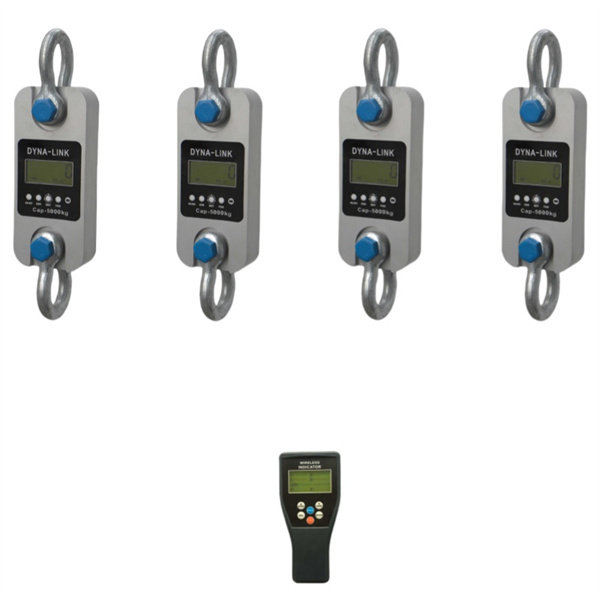
Sag and Tension Calculation Software
Sag and tension calculation software is an indispensable tool for engineers and designers in the power utility industry. It is used to accurately model the behavior of overhead conductors and wires under various environmental and loading conditions, ensuring safety, reliability, and compliance with design standards.
Why is Sag and Tension Calculation Software Crucial?
Safety Clearances: Ensures that conductors maintain adequate clearance from the ground, buildings, trees, and other structures, preventing electrical hazards.
Structural Loading: Calculates the precise forces (tension, wind, ice, weight) exerted on poles, towers, insulators, and other line components, allowing for proper structural design and preventing failures.
Conductor Integrity: Prevents over-tensioning that could damage conductors (e.g., permanent elongation, fatigue failure) or under-tensioning that could lead to excessive sag.
Optimal Design: Helps optimize line design for cost-effectiveness (e.g., minimizing structure height or span lengths) while meeting all safety and performance criteria.
Compliance: Ensures adherence to national and international electrical codes and utility-specific design standards.
Predictive Analysis: Allows engineers to simulate conductor behavior under extreme weather conditions (high wind, heavy ice, extreme temperatures, galloping) or fault conditions (e.g., broken conductor) to assess risk and design for resilience.
Stringing Charts: Generates precise "stringing charts" that provide field crews with the exact sag or tension values needed for accurate installation at various temperatures.
Key Features of Sag and Tension Calculation Software:
Conductor & Material Libraries:
Pre-loaded databases of common conductor types (ACSR, AAAC, AAC, Steel, OPGW, insulated cables) with their mechanical (weight, modulus of elasticity, thermal coefficient of expansion, creep characteristics, ultimate tensile strength) and electrical properties.
Ability to add custom conductor data.
Environmental Load Modeling:
Temperature: Calculates sag and tension across a range of temperatures (initial, final, extreme hot/cold).
Wind: Models wind pressure on conductors (and structures) based on wind speed, conductor diameter, and shape factors.
Ice: Accounts for various ice loading scenarios (radial ice thickness, ice density).
Combined Loading: Simulates combined wind and ice loads.
User-Defined Weather Cases: Allows for custom weather scenarios based on local climate data and design standards.
Advanced Sag-Tension Algorithms:
Non-linear (Catenary) Analysis: Most modern software uses finite element analysis (FEA) or other non-linear methods to accurately model the catenary curve of the conductor, especially important for long spans, steep terrain, or conditions with significant ice/wind loads. This is more accurate than the simplified "ruling span" method. (As mentioned by Power Line Systems' SAGSEC).
Creep: Accounts for the permanent elongation of conductors over time due to sustained tension (creep), which affects long-term sag.
Unequal Spans/Elevations: Handles complex line geometries with varying span lengths, different support elevations, and non-uniform terrain.
Clearance Analysis:
Ground Clearances: Calculates vertical clearances to terrain, roads, railways, and other ground-based obstacles.
Phase-to-Phase Clearances: Ensures adequate electrical separation between conductors in multi-phase lines, especially under wind blowout conditions.
Clearance to Structures: Checks clearances to supporting structures and their components.
LiDAR/Terrain Integration: Many advanced packages can import LiDAR point cloud data and terrain models (TINs) for highly accurate 3D clearance analysis against actual terrain and features.
Reporting & Visualization:
Sag-Tension Reports: Detailed tabular reports showing sag and tension values for various weather cases and conductor conditions (initial, final, with creep).
Stringing Charts: Generates practical charts for field crews, indicating target sag values for specific span lengths and ambient temperatures during installation.
Plan & Profile Drawings: Automates the creation of professional plan and profile drawings with conductor profiles, clearances, and structure locations, often exportable to CAD formats (DWG, DXF) or PDF.
3D Visualization: Allows for interactive 3D viewing of the line, conductors (including wind blowout and insulator swing), structures, and terrain.
Integration & Modularity:
Often part of a larger suite of power line design software that includes structural analysis (for poles and towers), foundation design, conductor rating, and material management.
Can integrate with GIS data for mapping and asset management.

